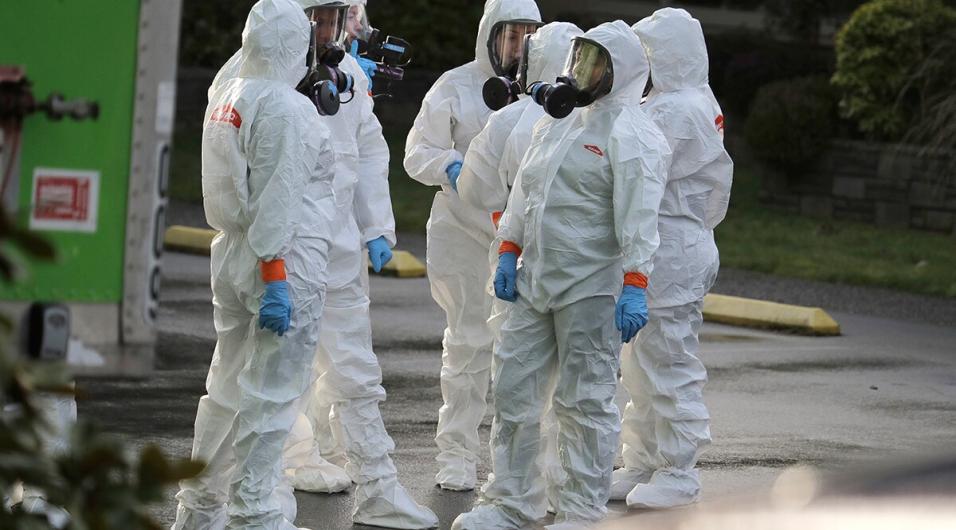
The Likelihood of Another Pandemic
The outbreak of the COVID-19 pandemic has exposed significant gaps in global health preparedness and response mechanisms. As the world grapples with the current crisis, the looming question arises: Are we adequately prepared for future health crises?
This essay will explore the arguments surrounding the likelihood of another pandemic and our preparedness to handle it, considering factors such as global coordination, healthcare infrastructure, and the impact of climate change and deforestation.
Global coordination is paramount in preventing and mitigating the impact of pandemics. The lack of effective global cooperation increases the likelihood of another health crisis. Firstly, global coordination is essential for early detection and response to pandemics.
Without timely information sharing and collaboration among countries, the spread of infectious diseases can go undetected, allowing viruses to cross borders unchecked. Secondly, the absence of cooperation hinders the distribution of vaccines and medical supplies during a crisis. The unequal access to essential resources can exacerbate the spread of diseases and prolong the duration of the pandemic.
Lastly, without a unified global response, efforts to contain the outbreak are weakened, leading to a higher risk of global transmission. Therefore, the inadequacy of global coordination poses a significant threat to our preparedness for future health crises.
Mitigating the risk of pandemic
Advances in science and technology have significantly bolstered our ability to respond to health crises, mitigating the risks of another pandemic. Scientific research has been instrumental in developing vaccines and treatments for various diseases, enhancing our preparedness for future outbreaks. Additionally, technological advancements, such as rapid testing kits and telemedicine, have revolutionized disease detection and healthcare delivery.
These innovations enable swift responses to emerging health threats and ensure that healthcare resources are optimally utilized during crises. Thus, the progress in science and technology serves as a critical pillar in enhancing our preparedness for potential future pandemics.
The insufficiency of investment in healthcare infrastructure leaves us vulnerable to the devastating impacts of future health crises. Underfunded healthcare systems may struggle to cope with a surge in cases during a pandemic, leading to overwhelmed medical facilities and a shortage of critical care resources.
Moreover, the lack of resources can result in a scarcity of essential medical equipment, compromising the quality of care provided to patients. Inadequate healthcare infrastructure also contributes to high mortality rates during pandemics, as healthcare systems may be unable to effectively manage and treat a large number of patients. Therefore, the vulnerability stemming from insufficient investment in healthcare infrastructure underscores the pressing need for bolstering healthcare systems to enhance our readiness for future health crises.
WHO reaction
Global health organizations, such as the World Health Organization (WHO), play a pivotal role in pandemic preparedness and response efforts, strengthening our resilience against future health crises.
The WHO serves as a central coordinating body that provides guidance and facilitates collaboration among countries during health emergencies. Through international partnerships and information sharing, organizations like the WHO ensure a coordinated and unified approach to addressing global health threats.
Moreover, increased funding for global health initiatives has raised awareness and improved preparedness for pandemics, enabling swift and effective responses to emerging health crises. The vital role of global health organizations in enhancing pandemic preparedness highlights the progress made in strengthening our global health security.
The impact of climant and enviroment on pandemic
Climate change and deforestation pose significant risks by increasing the likelihood of zoonotic diseases, underscoring the urgency of addressing environmental factors in pandemic preparedness.
Environmental changes can disrupt ecosystems and contribute to the spread of diseases from animals to humans, amplifying the risk of zoonotic transmission. Deforestation, in particular, can bring humans into closer contact with wildlife, creating opportunities for disease spillover.
Additionally, climate change can alter the habitats of disease-carrying vectors, such as mosquitoes, expanding the geographical range of infectious diseases. The interconnectedness of environmental factors and disease transmission emphasizes the need for holistic approaches that integrate environmental considerations into pandemic preparedness strategies to mitigate the risks posed by climate change and deforestation.
Our preparedness for future health crise
Lessons learned from past pandemics have played a crucial role in shaping our preparedness for future health crises, driving improvements in response strategies and readiness efforts. The experiences of previous health crises have highlighted critical areas for enhancement in our response mechanisms, prompting the development of comprehensive preparedness plans.
By identifying shortcomings and vulnerabilities exposed during past pandemics, governments and healthcare systems have implemented targeted measures to strengthen their capacity to handle future outbreaks effectively. Training exercises and simulations have further honed the skills of healthcare professionals and policymakers, equipping them with the knowledge and experience necessary to navigate complex public health emergencies. The iterative process of learning from past pandemics has been instrumental in driving advancements in pandemic preparedness and ensuring that we are better equipped to confront future health crises.
Our conclusion
In conclusion, the likelihood of another pandemic raises significant concerns about our preparedness to handle future health crises.
While arguments regarding global coordination, healthcare infrastructure, and environmental factors underscore the challenges we face, counter-arguments highlighting advancements in science and technology, the role of global health organizations, and lessons learned from past pandemics provide a more optimistic outlook on our readiness.
Moving forward, it is imperative to address the gaps identified in our pandemic preparedness efforts and prioritize investments in strengthening healthcare systems, enhancing global cooperation, and integrating environmental considerations into our response strategies to build a more resilient and proactive approach to managing future health crises.







